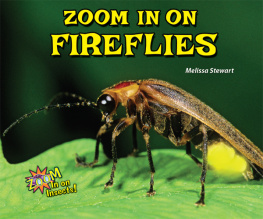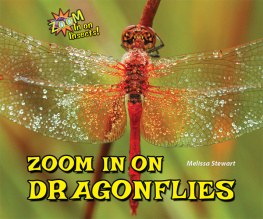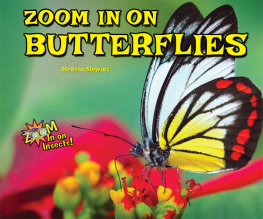Take a Close Look!
Have you ever seen a firefly up close? What does it look like? How does it eat? What is its life cycle? When you check out the "Zoom Bubbles" on every spread of this book, you will get an up-close peek at this insect's body, eyes, antennae, wings, and more!
"THIS SERIES IS A GREAT INTRODUCTION TO THE INSECT WORLD, HIGHLIGHTING APPEALING AND FAMILIAR EXAMPLES."
Helen Hess, PhD, Series Science Consultant
Professor of Biology
College of the Atlantic
Bar Harbor, Maine
"YOUNG READERS WHO LIKE FLYING AND CRAWLING INSECTS WILL LOVE THESE INFORMATION-PACKED BOOKS!"
Allan A. De Fina, PhD, Series Literacy Consultant
Dean, College of Education/Professor of Literacy Education
New Jersey City University
Past President of the New Jersey Reading Association
About the Author
Trained as both a scientist and journalist, Melissa Stewart is the award-winning author of more than 100 books for young readers. While gathering information for her books, Melissa has explored tropical forests in Costa Rica, gone on safari in Kenya and Tanzania, and swum with sea lions in the Galpagos Islands.

antennae (an TEN ee) Two long, thin body parts on the head of insects and some other animals. Antennae help animals sense the world around them.
lantern (LAN tern)The part of a fireflys body that gives off light. It is in the abdomen.
larva (LAHR vuh)The second part in the life cycle of some insects. A larva changes into a pupa.
nectar (NEK tuhr)A sugary liquid that many flowers make. Some fireflies drink it.
pupa (PYOO puh)The third part in the life cycle of some insects. A pupa changes into an adult.

Image Credit: Shutterstock.com
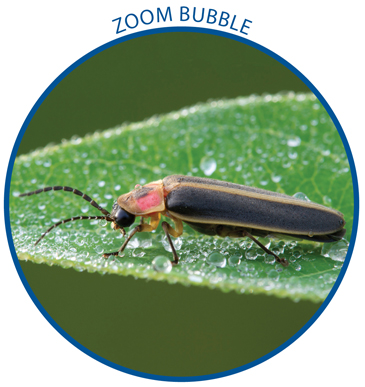
Image Credit: Tyler Fox/Photos.com
Fireflies live in many parts of the world. In some places, people call them lightning bugs.
These insects like warm, damp places away from lights. You can find them near ponds and streams. Look for them in fields and backyards, too.
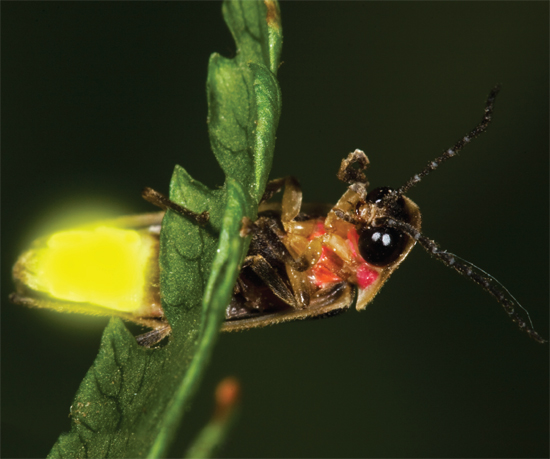
Image Credit: Dwight Kuhn
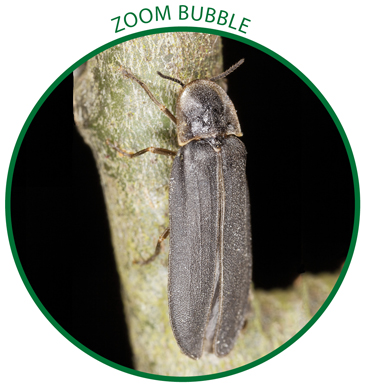
Image Credit: Shutterstock.com
A firefly is not a fly. It belongs to a group of insects called beetles. It has six legs. And its body has three parts. They are the head, the thorax, and the abdomen.
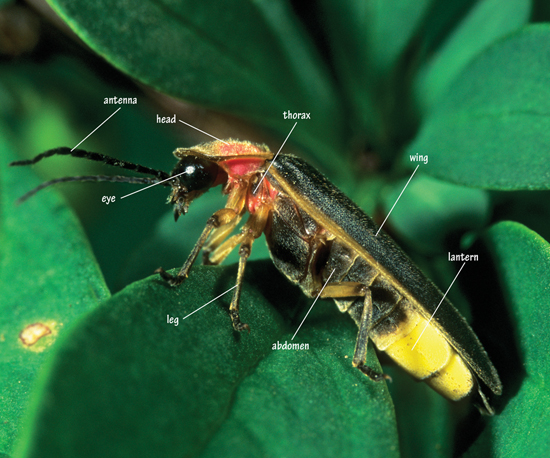
Image Credit: Dwight Kuhn
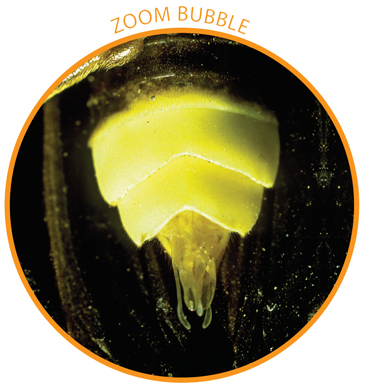
Image Credit: Dwight Kuhn
Fireflies are famous for their flash. Why do they glow? They rest during the day and come out at night. They use the lantern on their back end to find mates in the dark.
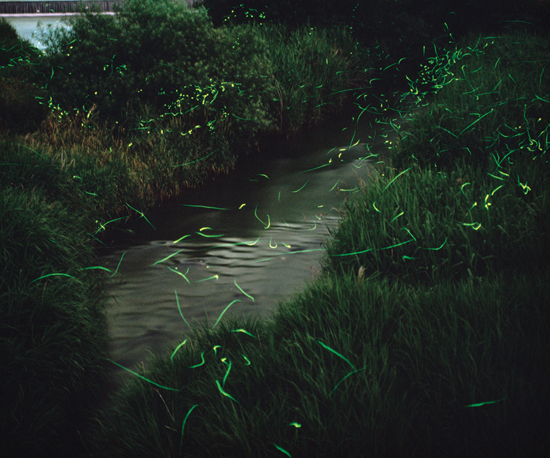
Image Credit: Mitsuhiko Imamori/Minden Pictures
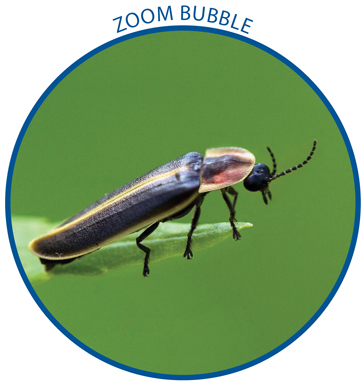
Image Credit: David Cappaert, Michigan State University, Bugwood.org
A firefly has six legs. They are attached to the middle of its body.
Female fireflies spend most of their time on the ground. They use their legs to walk from place to place. Males spend much more time flying.
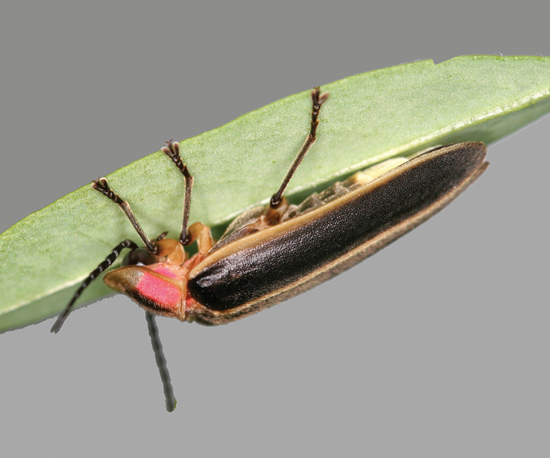
Image Credit: David Cappaert, Michigan State University, Bugwood.org

Image Credit: David Kuhn/Dwight Kuhn Photography
Most fireflies have two sets of wings. The front wings protect the back wings. When a firefly is ready to fly, it lifts the front wings. Then it spreads the back wings and takes off. The back wings flap through the air.
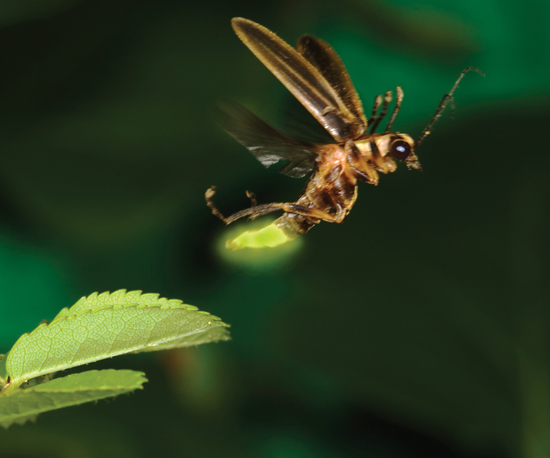
Image Credit: Dwight Kuhn
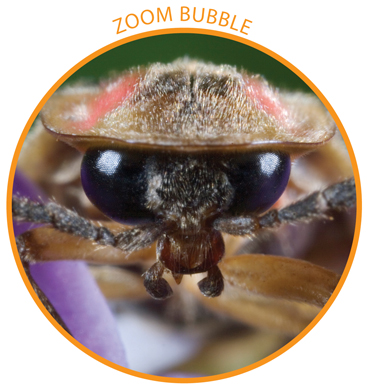
Image Credit: Dwight Kuhn
A firefly has two huge eyes. They can see right and left, up and downall at the same time.
A male firefly needs to see well. He uses his eyes to spot flashing females in the grass.
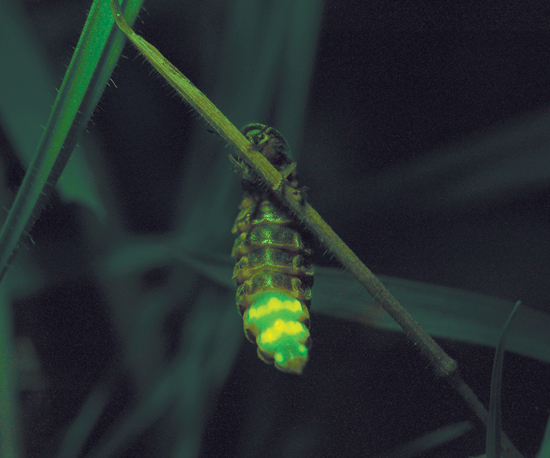
Image Credit: Stephen Dalton/Minden Pictures
This female firefly is flashing its lantern in the grass.
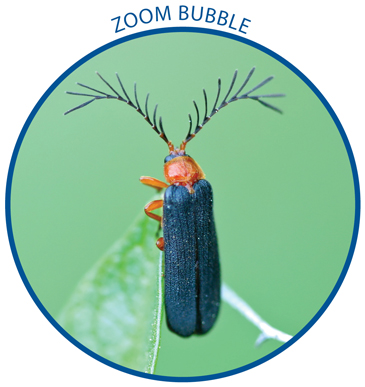
Image Credit: Shane Cummins/Photos.com
A firefly has two long antennae on its head. Some are straight. Others are feathery. But they all do the same things. They can feel and hear and smell.
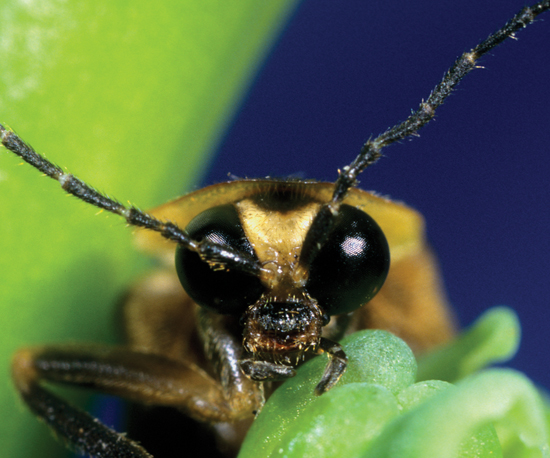
Image Credit: Dwight Kuhn
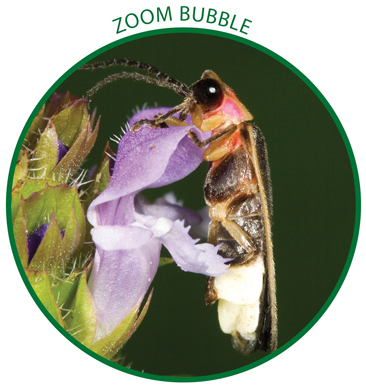
Image Credit: Dwight Kuhn
Most adult fireflies do not eat at all. They live on fat stored in their bodies.
Some fireflies sip sweet, sugary nectar from plants. A few eat other kinds of insects.
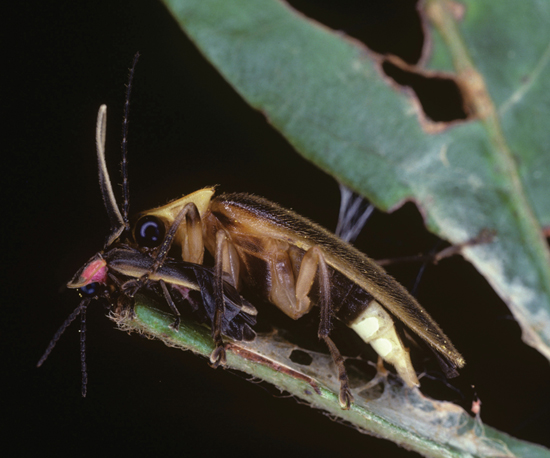
Image Credit: James E. Lloyd/Animals Animals
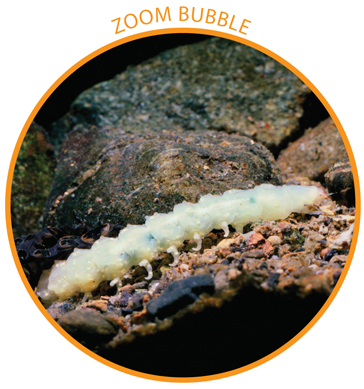
Image Credit: Satoshi Kuribayashi/Nature Production/Minden Pictures
When a firefly comes out of its egg, it looks like a worm. It gives off a soft light.
The glowworm hunts slugs, worms, and snails. It eats and grows for up to two years. Then it becomes a

